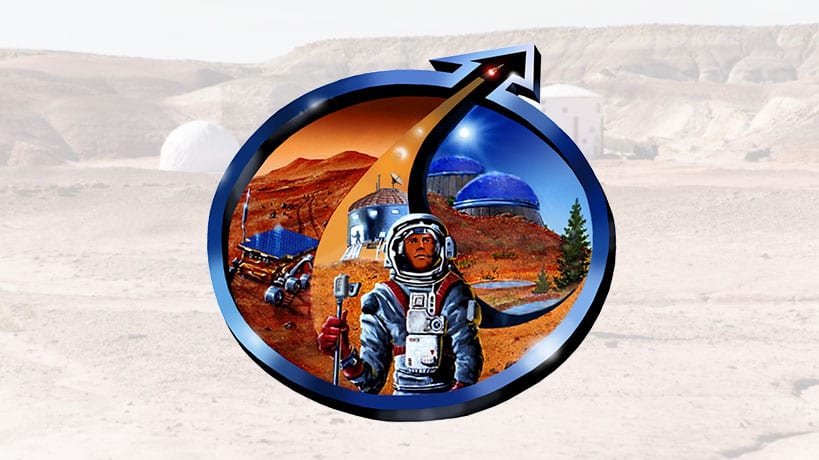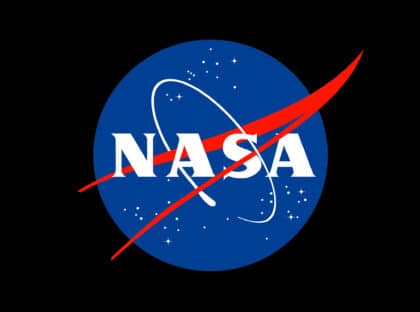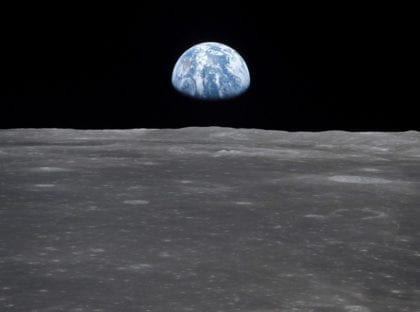
By Dr. Robert Zubrin, President, The Mars Society
The American human spaceflight program, armed with a clear goal, stormed heaven in the 1960s. But for almost a half-century since, it has been adrift, spending vast sums of money with no serious objective beyond keeping various constituencies and vendors satisfied. If it is to  accomplish anything, it needs a real goal. Ideally, that goal should be sending humans to Mars within a decade. But after all these years of stagnation and bureaucratization, NASA lacks the will to attempt such a feat. A second-best alternative — one that could potentially transform NASA back into the can-do agency it once was, and that it needs to be again if it is ever to attempt to reach Mars — is to reverse the retreat by reopening the lunar frontier. For this reason, the Trump administration has announced that it has set such a goal, to wit, that America should return to the Moon, this time to stay.
accomplish anything, it needs a real goal. Ideally, that goal should be sending humans to Mars within a decade. But after all these years of stagnation and bureaucratization, NASA lacks the will to attempt such a feat. A second-best alternative — one that could potentially transform NASA back into the can-do agency it once was, and that it needs to be again if it is ever to attempt to reach Mars — is to reverse the retreat by reopening the lunar frontier. For this reason, the Trump administration has announced that it has set such a goal, to wit, that America should return to the Moon, this time to stay.
Unfortunately, there is no evidence that this putative goal is meaningfully driving the administration’s actions. Rather, the administration is funding NASA at roughly the same levels as the Obama and Bushadministrations, while also continuing to approve the agency’s wasteful investment in useless projects. Astonishingly wasteful is NASA’s work on the Lunar Orbital Platform-Gateway (formerly known as the Deep Space Gateway). The gateway is a planned space station that will orbit the Moon, supposedly serving as an outpost for human explorations to the Moon, Mars, and deep space. NASA’s Orion spacecraft will serve as the module for crews to travel back and forth between the gateway and Earth. The agency currently projects that Orion would take its first crew around the Moon by 2023, while Vice President Pence has recently stated a goal of putting astronauts on the gateway by the end of 2024.
Essentially, the gateway is a vestigial form of the Obama administration’s defunct and discredited Asteroid Redirect Mission (ARM). As NASA describes it, ARM’s aim was “to develop a robotic spacecraft to visit a large near-Earth asteroid, collect a multi-ton boulder from its surface and redirect the boulder into orbit around the moon, where astronauts would have explored it and returned to Earth with samples.” The Lunar Orbital Platform-Gateway is the ARM except with a space station instead of an asteroid, all to come up with something for astronauts to do in lunar orbit.
The idea is silly. There is no need to have a space station circling the Moon in order to go to the Moon or Mars or anywhere else. And there is not much research worth doing in lunar orbit that can’t already be done on the International Space Station, in Earth orbit, or with lunar probes and robots. NASA claims the gateway would create an opportunity to test state-of-the-art propulsion, communication, and other technologies at a greater distance from Earth; tele-operated rovers could be sent from the gateway to the Moon; and planets and stars could be observed from a different vantage than from the ISS or current telescopes. But none of these activities requires human presence in lunar orbit. These are not reasons for having a gateway, but rationalizations.[1]
Like the ISS and the space shuttle but much more so, the gateway is a means in search of an end. If the space shuttle was a tragedy, the gateway is a farce. Even when we do go — initially only once per year for as little as 30 days at a time, says the agency — having crews stop at the gateway en route to the Moon will have no purpose other than justifying the gateway, but will hamper such missions by adding to their propulsion requirements. It will cost tens of billions of dollars, both up front for construction and later for maintenance, sapping funds and delaying any real accomplishments for many years without adding any meaningful capability. When we could be going directly to the Moon or Mars, the Lunar Orbital Platform-Gateway is a pointless project, more aptly named the Lunar Orbit Tollbooth.
To read the full article, please click here.


